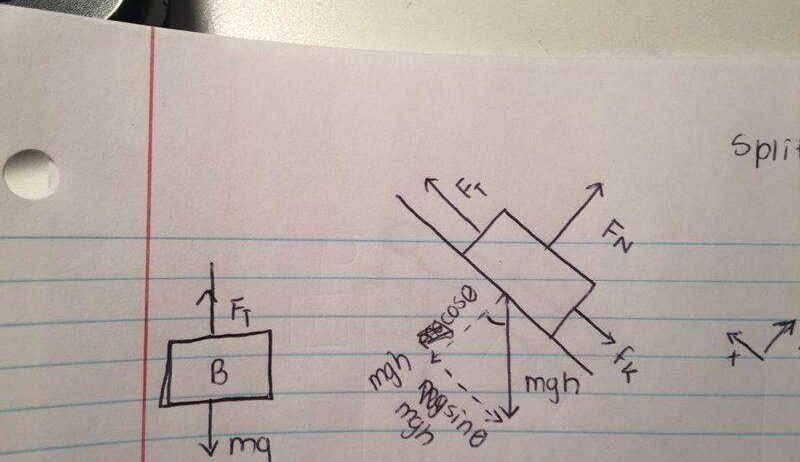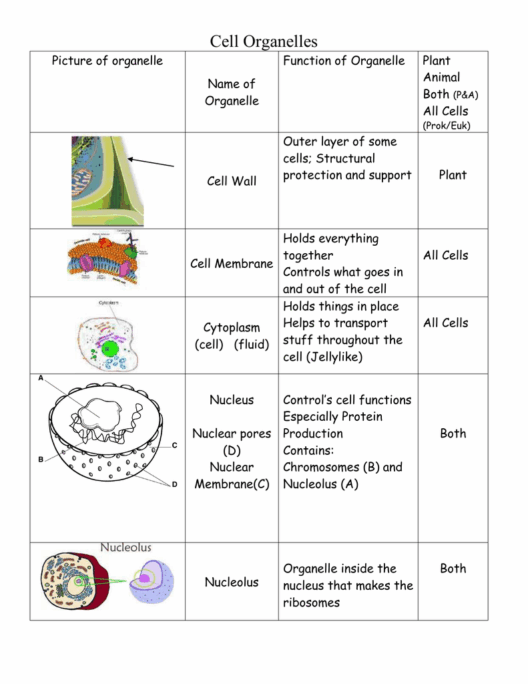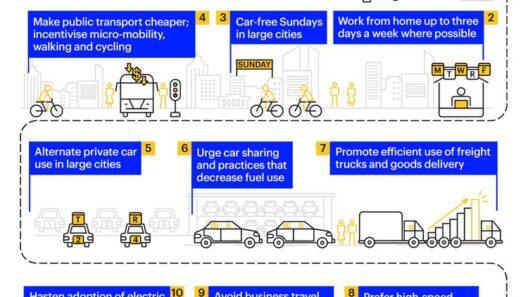Understanding the mechanics of a pulley system offers profound insights into the principle of conservation of energy. A pulley is a simple machine that consists of a wheel on an axle or shaft that is designed to support movement and change of direction of force using a cord, belt, or chain. How does this seemingly basic apparatus articulate the complexities of energy conservation? Let us delve into the intricate interplay between pulleys and energy dynamics.
The essence of energy conservation is that energy cannot be created or destroyed; it can only change forms. In a closed system, the total energy remains constant. This foundational principle underlies numerous physical phenomena, including those demonstrated by pulley systems. When a pulley is employed to lift an object, the system exemplifies both potential and kinetic energy in a mechanical dance.
Consider a simple scenario. A weight is hung from a pulley, and as the weight descends, the pulley rotates. Here, gravitational potential energy—vital for many forms of physical work—is converted to kinetic energy. The energy transformation is seamless; as the mass drops, the potential energy diminishes while the kinetic energy of the descending mass increases. The mathematical expression of this transformation can be captured in the equations of energy: when you release a mass with height, its potential energy (PE) is given by the formula PE = mgh, where (m) is mass, (g) is the acceleration due to gravity, and (h) is height. As the object falls, its potential energy is transformed into kinetic energy (KE), expressed as KE = 1/2 mv². What does this transpose tell us? The principles are not merely empirical; they are illustrative of broader concepts in physics and engineering.
Moreover, the introduction of a pulley alters the force required to lift the weight, demonstrating another aspect of energy conservation. By adjusting the angle and number of pulleys in a system, one can reduce the amount of force needed to lift a heavy object. This mechanical advantage is pivotal in various industries, providing not only an avenue for enhanced efficiency but also guiding sustainable practices. The ingenuity of engineering enables advancements in lifting technology, crucial for minimizing energy expenditure in heavy-lifting scenarios.
This mechanism suggests a vital shift in perspective. Think of the environmental implications. The systematic use of pulleys in construction, transportation, and manufacturing can lead to decreased energy consumption. By utilizing such systems, industries may dramatically reduce their carbon footprint. Implementing energy-efficient practices that incorporate mechanical advantage is a significant step toward sustainable human development that respects ecological boundaries while promoting productivity.
However, it is essential to consider the limitations and potential inefficiencies within pulley systems. Friction, for instance, dissipates energy as heat, leading to a loss in the overall mechanical efficiency. This facet underscores the importance of optimal material selection and lubrication in the design and application of pulleys. In an environmentally conscious world, the push for innovations that mitigate frictional losses will further enhance the energy efficiency of pulley systems, leading to better sustainability results. The pursuit of low-friction materials and smart design is a matter of urgency in a world increasingly aware of energy conservation.
To further exemplify the concept of energy conservation, let’s examine the compound pulley system. In a compound system, multiple pulleys work together, creating a scenario where a smaller input force can lift a larger load. This is accomplished through a series of mechanical advantage that distributes the weight across several pulleys, effectively reducing the burden on the user. An intriguing demonstration of this system can be observed in cranes and elevators, where considerable loads are lifted with admirable efficiency. This design brilliantly showcases the conservation of energy principle, further reinforcing our understanding that while energy transitions from one form to another, the total energy remains constant.
Delving deeper into advanced pulley systems, one can discover the fascinating world of linear motion dynamics. The interplay between inertia and acceleration in pulley systems is a captivating component of mechanical physics. By understanding how a pulley amplifies or diminishes forces, we unlock new realms of thought about mechanical systems and their applications in our daily lives. It beckons curiosity about how ancient techniques can evolve with modern science to benefit society.
Yet, the roots of such technology dig into fundamental physics. Exploring the forces acting on the system—gravity, tension, and friction—provides a comprehensive understanding of not just the machinery, but the principles of energy itself. Each interaction reflects back to the first law of thermodynamics, reiterating that in a mechanical environment, energy conservation facilitates not only efficiency but also creativity in engineering solutions.
In conclusion, the practical applications of pulley systems extend beyond merely lifting weights; they encapsulate a broader narrative of energy conservation that is critical in our pursuit of sustainability. The elegance of energy transformation in these systems prompts a fresh appreciation for mechanical design and its implications for ecological stewardship. Embracing and innovating upon these principles can position us for a future where our technological advancements harmonize with the natural world, fostering a truly sustainable existence that respects the balance of energy and environment.







